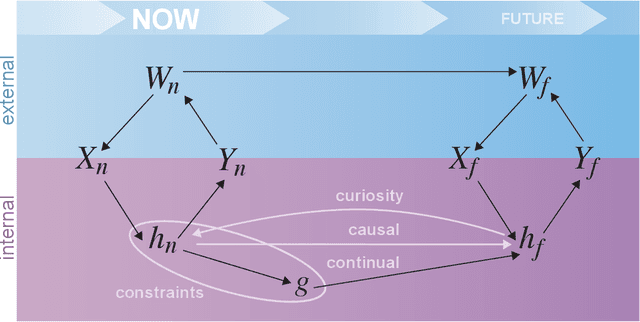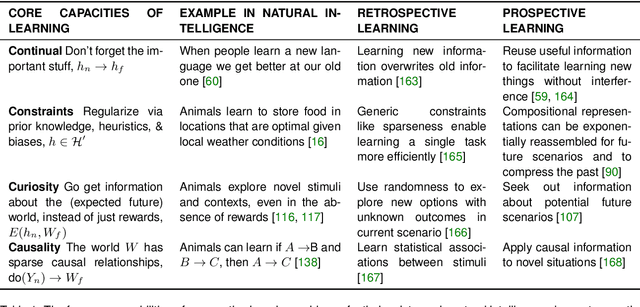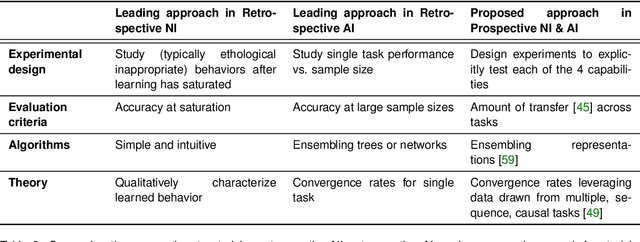Maxim Bichuch
Teresa
Model-free Learning of Regions of Attraction via Recurrent Sets
Apr 21, 2022


Abstract:We consider the problem of learning an inner approximation of the region of attraction (ROA) of an asymptotically stable equilibrium point without an explicit model of the dynamics. Rather than leveraging approximate models with bounded uncertainty to find a (robust) invariant set contained in the ROA, we propose to learn sets that satisfy a more relaxed notion of containment known as recurrence. We define a set to be $\tau$-recurrent (resp. $k$-recurrent) if every trajectory that starts within the set, returns to it after at most $\tau$ seconds (resp. $k$ steps). We show that under mild assumptions a $\tau$-recurrent set containing a stable equilibrium must be a subset of its ROA. We then leverage this property to develop algorithms that compute inner approximations of the ROA using counter-examples of recurrence that are obtained by sampling finite-length trajectories. Our algorithms process samples sequentially, which allow them to continue being executed even after an initial offline training stage. We further provide an upper bound on the number of counter-examples used by the algorithm, and almost sure convergence guarantees.
Prospective Learning: Back to the Future
Jan 19, 2022


Abstract:Research on both natural intelligence (NI) and artificial intelligence (AI) generally assumes that the future resembles the past: intelligent agents or systems (what we call 'intelligence') observe and act on the world, then use this experience to act on future experiences of the same kind. We call this 'retrospective learning'. For example, an intelligence may see a set of pictures of objects, along with their names, and learn to name them. A retrospective learning intelligence would merely be able to name more pictures of the same objects. We argue that this is not what true intelligence is about. In many real world problems, both NIs and AIs will have to learn for an uncertain future. Both must update their internal models to be useful for future tasks, such as naming fundamentally new objects and using these objects effectively in a new context or to achieve previously unencountered goals. This ability to learn for the future we call 'prospective learning'. We articulate four relevant factors that jointly define prospective learning. Continual learning enables intelligences to remember those aspects of the past which it believes will be most useful in the future. Prospective constraints (including biases and priors) facilitate the intelligence finding general solutions that will be applicable to future problems. Curiosity motivates taking actions that inform future decision making, including in previously unmet situations. Causal estimation enables learning the structure of relations that guide choosing actions for specific outcomes, even when the specific action-outcome contingencies have never been observed before. We argue that a paradigm shift from retrospective to prospective learning will enable the communities that study intelligence to unite and overcome existing bottlenecks to more effectively explain, augment, and engineer intelligences.
 Add to Chrome
Add to Chrome Add to Firefox
Add to Firefox Add to Edge
Add to Edge